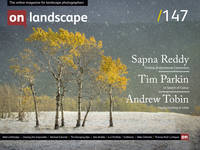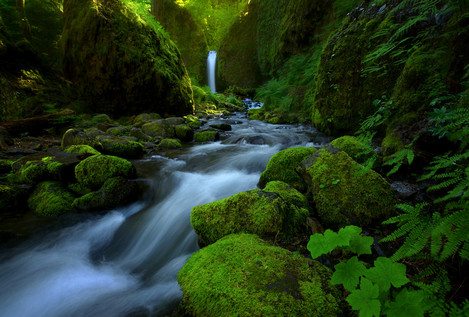Finding an emotional connection

Sapna Reddy
Sapna Reddy is a landscape photographer based in Northern California. She is currently pursuing dual careers as a photographer and a physician. As a radiologist she studies images in an attempt to establish diagnosis and cure the human body. As a photographer she aspires to generate images that celebrate the beauty around us and help to heal the mind. Her work has been published internationally including Lonely Planet, Popular Photography, Outdoor Photography, Landscape Photography magazine etc. She is the winner of the summer assignment 2016 for Outdoor photographer magazine, Minimalism assignment for National Geographic and category runner up for USA Landscape Photographer of the year 2016.
In addition to incorporation into multiple medical centres to create an ambiance of healing, her images have been used for video conferencing needs by corporations including Google, Gap, Hitachi, Yahoo etc. She also conducts private workshops focused on creative expression via the medium of photography. Select images are available in art galleries worldwide through Yellowkorner franchise.
We often talk about the ability to see in photography. To the general public, that word implies the physiologic act of directional focusing of photons, the conversion to electrical signals on the retina and the subsequent propagation to the visual cortex. In photography though that word implies the ability for artistic vision. The ability to isolate and focus on those visual elements that will be key to self expression. I often struggled with this abstract concept. My training in radiology was structured around visual analysis. As I studied the internal imagery of the human body I gradually developed a visual database and that led to an improved sense of pattern recognition, appreciating nuances in tonality and subtle changes to texture and form. I was taught how to catch anomalies, steer clear of irrelevant visual data and zone in on what looked different from the expected norm. That which should not be there was the clue to pathology. The more I practised this form of visual analysis the easier it became.
The first thing I realised about photography was that unlike learned standard pattern recognition and efficient analysis, photography involved quiet observation. My mind was trained to race through an extensive visual database trying to map out abnormalities with various permutations and combinations as I devoured the visual data laid out before me in radiology. In contrast, the mind quieted down when pursuing photography. There were no extensive lists to cross check through. Only quiet contemplation as the light danced around on the landscape before me. There was no one specific thing that I had to find but instead, appreciate so many things. There was no standard pattern, yet there were patterns galore. It was a confusing process. It was almost as if I was not searching for something but instead waiting for something to move me.


